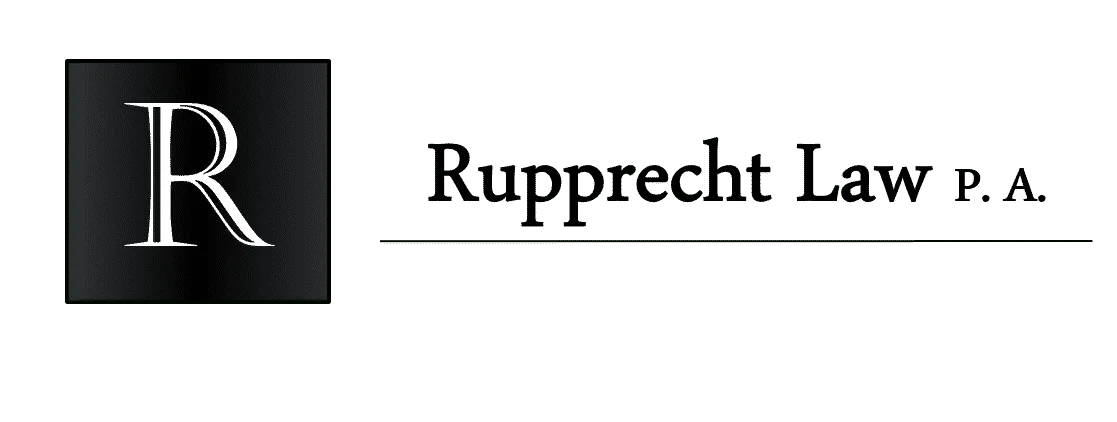|
Getting your Trinity Audio player ready...
|
Thinking of attaching a gun, bombs, fireworks, flamethrower, or incendiary devices to your drone? As you might have guessed, there are some laws regulating this.
There are multiple laws at play here at the federal and state level. You also have 2 or more federal agencies you may need approvals from.
Table of Contents of Article
- 1 Background on Laws Prohibiting Weapons on Drones
- 2 What is Covered?
- 3 Sure. We all know the typical big military drones are covered. But since the war started in Ukraine, consumer drones in warfare have become commonplace. This has caused defense contractors to rethink about attaching existing weapons to drones for their use in ware. There are numerous examples on the internet:
- 4 This prohibition creates problems for government contractors wishing to test legitimate weapon systems in the United States.
- 5 Unintended Consequences
- 6 Other Laws
- 7 Conclusion
Background on Laws Prohibiting Weapons on Drones
So how did we get here? In 2015, a troubled teen in Connecticut added a gun to a drone and later a flamethrower to cook a turkey for the holidays.
And you guessed it, laws were created to counter this. Section 363 of the FAA Reauthorization Act of 2018 created the following law:
(a) In General.–Unless authorized by the Administrator, a person may not operate an unmanned aircraft or unmanned aircraft system that is equipped or armed with a dangerous weapon.
(b) Dangerous Weapon Defined.–In this section, the term “dangerous weapon” has the meaning given that term in section 930(g)(2) of title
18, United States Code.
(c) Penalty.–A person who violates this section is liable to the United States Government for a civil penalty of not more than $25,000 for each violation.
Dangerous Weapon as defined in 18 USC 930(g)(2) says:
(2) The term “dangerous weapon” means a weapon, device, instrument, material, or substance, animate or inanimate, that is used for, or is readily capable of, causing death or serious bodily injury, except that such term does not include a pocket knife with a blade of less than 2½ inches in length.
And it wasn’t only the feds who created these prohibitions, certain states started creating similar laws.
What is Covered?
Sure. We all know the typical big military drones are covered. But since the war started in Ukraine, consumer drones in warfare have become commonplace. This has caused defense contractors to rethink about attaching existing weapons to drones for their use in ware. There are numerous examples on the internet:
- Drones carrying motars.
- Drones dropping anti-tank mines with fins.
- Sig Sauer attaching a P226 to a drone.
- Plastic bottle, string, hand grenade, and tape on a drone.
- Rocket launcher with motors.
- FPV racer drones with RPG-7 warheads underneath to target tanks.
This prohibition creates problems for government contractors wishing to test legitimate weapon systems in the United States.
Unintended Consequences
These laws create the unfortunate situation where legitimate uses of drones are captured such as:
- Incendiary devices to assist with controlled burning of vegetation.
- Drones dropping bombs for avalanche control
- Certain counter UAS drones used to attack target aircraft
- Flamethrowers on drones used to burn debris or vegetation in hard to get to areas (power lines, rocky embankments, cliffs, etc.)
The good news is the FAA can issue authorizations to allow a dangerous weapon to be attached.
Other Laws
Federal Aviation Regulations
If there are hazardous materials and the drone is flying under Part 107, you’ll need an exemption from 107.36. The FAA has granted exemptions from this regulation numerous times but they are typically in the context of spraying drones using economic poisons which are frequently HAZMAT.
Hazardous Material Regulations
There are HAZMAT regulations that might apply which will require more approvals. There are certain exceptions for
State Laws
Some states have their own similar laws prohibiting weapons on drones such as Florida. This is a strange problem
Conclusion
If you need help obtaining these approvals, contact me.





Aviation Attorney. FAA Certificated Commercial Pilot and Flight Instructor (CFI/CFII). Contributor at Forbes.com for Aerospace and Defense.